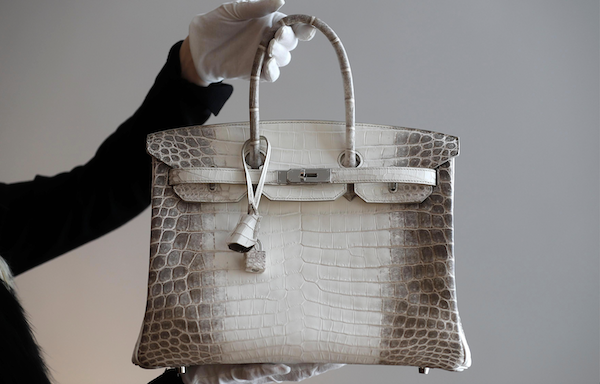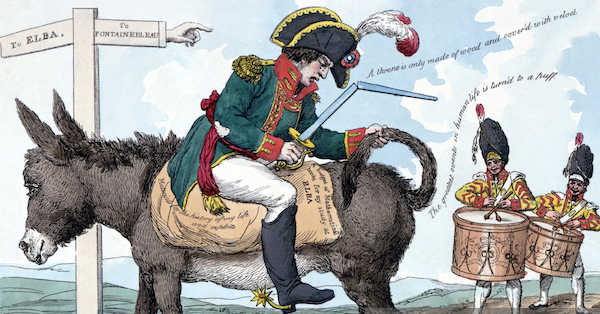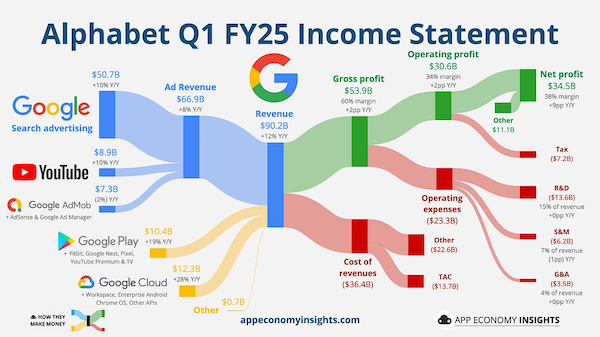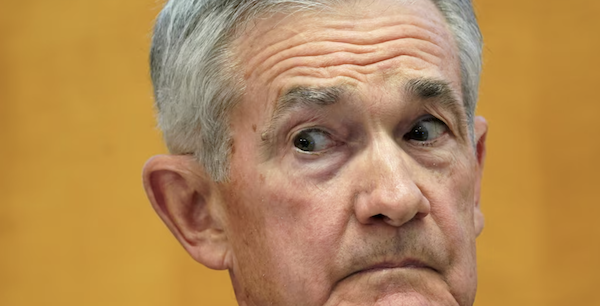
Hermes reported a 7.2% rise in first-quarter revenue, reaching EUR4.13 billion, just shy of analyst expectations. While that's a marked slowdown from the 18% growth seen in the previous quarter, it's still solid in a luxury sector navigating economic headwinds and political risk.
What's notable is Hermes' resilience in the face of softening global demand. Growth was broad-based across regions, with momentum picking up in the US for March, helping offset weaker sales from China. Unlike peers who cater to aspirational buyers, who are quicker to tighten belts, Hermes continues to benefit from a loyal ultra-wealthy clientele.
This customer base, along with disciplined product scarcity, gives Hermes rare pricing power, allowing it to hold margins and weather threats like potential US tariffs. Thanks to sidestepping the sales stumble that hit LVMH, Hermes is now the most valuable luxury house globally.
Hermes is facing heat over reports that some of its luxury handbags may be made or assembled in China, a potential reputational dent for a brand that trades heavily on French craftsmanship and exclusivity.
The company has strongly rejected the rumour of production in China. The very idea of a "Made in China" label on a Birkin or Kelly bag risks undermining the brand's core narrative of artisanal heritage. Perception matters, especially to loyal customers and collectors.
Resale values could take a hit if the 'Made in China' label sticks. In Western markets, Chinese goods carry mass-market connotations. Even in China, wealthy consumers may bristle if they sense a shift from scarcity to scale. While this controversy won't derail the brand overnight, Hermes is trying to get ahead of the narrative to reassure customers and preserve the aura of luxury that lets it command those five-figure price tags.







